The Second Coming of Two
Hayman Island is pretty as a picture under the winter sunshine. Outside the tropical resort’s function room, on a perfectly manicured lawn, a line of KTM dealers snakes its way to a cluster of tables covered in white linen and a smorgasbord of gourmet food. I’ve flown in midway through KTM Australia’s 2004 dealer conference at the exotic north-Queensland location, excited at the prospect of speaking with KTM’s Stefan Pierer, who took over as CEO in 1991, and has presided over the Austrian-based company ever since. But I’ve come off a torrid night with an old, tequila-swilling mate from the States, and the flight to Hayman hasn’t done much for the nausea. Hoping some food in the gut might do the trick, I quietly join the lunch queue, trying to avoid interaction until I’m feeling half human. Sadly, KTM Australia’s GM Jeff Leisk brings my plan unravelled. Leisk has arranged for me to interview Pierer during the conference, and he introduces me to the tall, affable Austrian while we’re standing in the lunch queue. Still in a cold sweat, and not helped by the smorgasbord’s seafood waft, it’s all I can do not to dribble on my shoes while shaking hands. Thankfully, Pierer seems to sense my pain, and suggests we catch up later that afternoon for a chat.

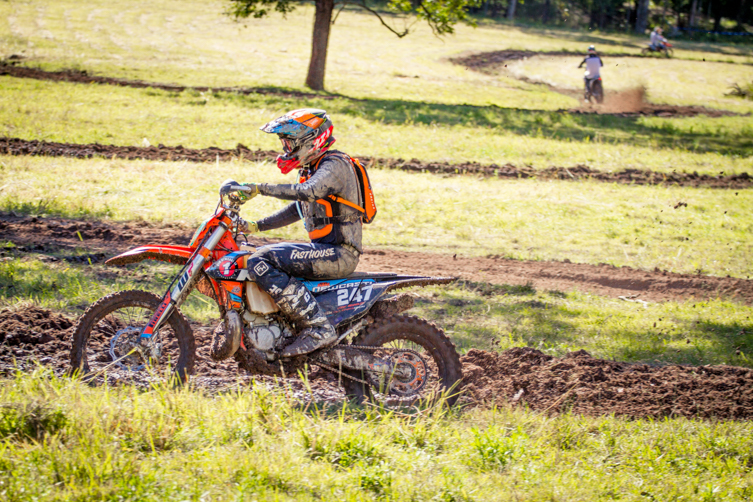
That arvo’s conversation with KTM’s Stefan Pierer took place 14 years ago now, and it completely changed my view on the future of two-strokes. Like pretty much everyone else back in 2004, I was thoroughly wrapped up in the four-stroke technology boom. Honda had just announced their intention to cease two-stroke production altogether, citing an inability to meet the impending emission regulations, and I’d blindly accepted there was no way of making two-dingers environmentally friendly.
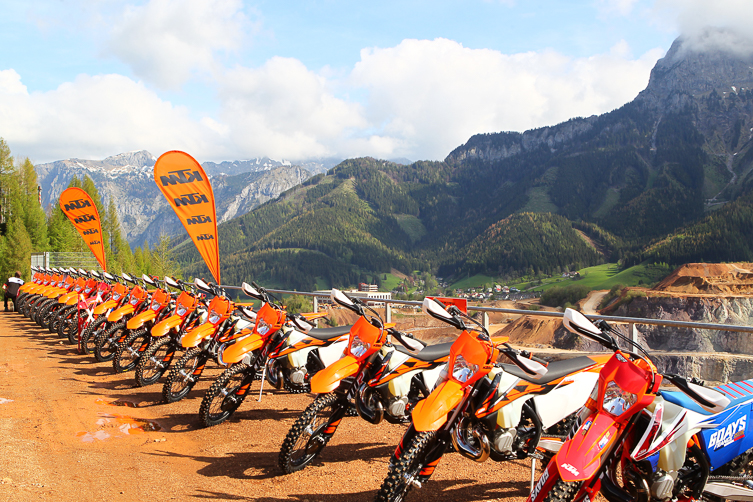
Supported by widespread anecdotal evidence and opinion, I thought the two-stroke’s fate was sealed. But here was Stefan Pierer, telling me that KTM would continue developing its two-stroke models – both motocross and enduro – to ensure these low-maintenance machines remained competitive and available to the masses at affordable prices. He also voiced grave concerns about the worldwide trend away from two-strokes, and said that escalating costs of racing a high-performance 250F posed enormous risks to participation levels in the sport.
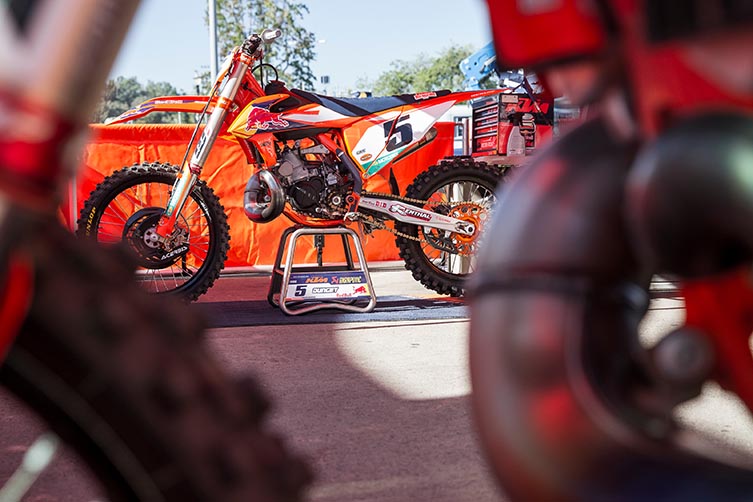
Of course, history has proven Pierer right. KTM’s commitment to two-stroke development has paid off handsomely, as they’ve happily gobbled up the two-stroke customers the Japanese manufacturers turned their backs on. The incredible thing, though, is how long it took for the penny to drop for everyone else. Sure, it’s now been nine or 10 years now since Motorcycling Australia first made 250cc two-strokes eligible to race against the 250cc four-strokes in this country’s motocross series. But it’s really only been in the past five to six years that the two-stroke has been perceived a genuinely competitive alternative.
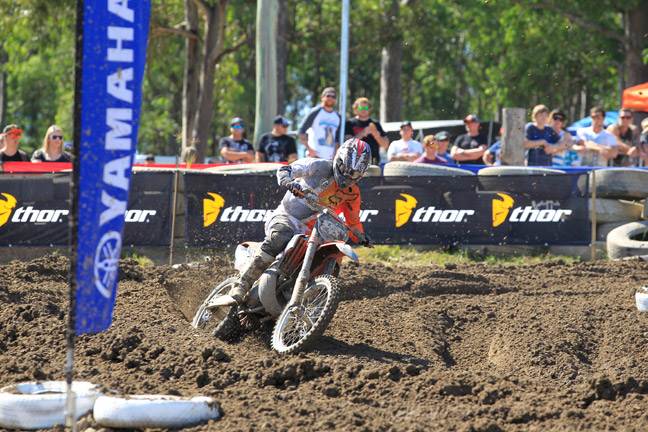
After KTM’s 250SX won the Australian Under 19s MX and SX title in 2012, and then ran second and third in the MX Nats’ hotly contested MX2 class in 2013, the trend seemed to gather momentum. And by 2014, at the club and national level, the MX2 and MXD classes were dominated by 250cc two-strokes.
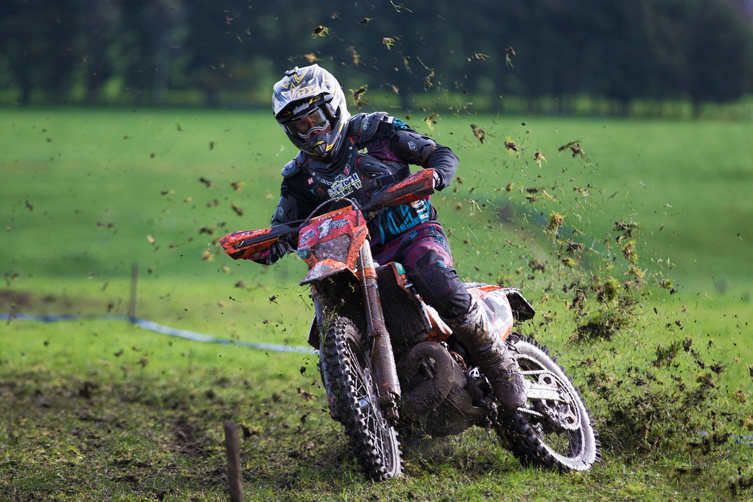
Meanwhile, in off-road circles, KTM’s 300EXC won the Australian Off-Road Championship’s (AORC) E3 class in both 2016 and 2017, with Daniel Sanders’ 2016 win making him the first guy to with the AORC’s Outright title aboard a two-stroke since AJ Roberts piloted a Husky WR250 two-stroke to the title win way back in 2005; in the series’ maiden season.
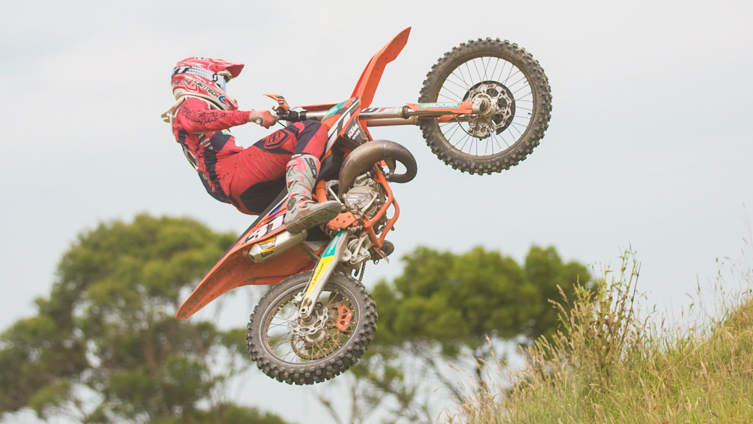
But it’s not just at the elite level of the sport that we’ve seen this wholesale shift. Riders of all abilities seem to be conceding that the two-stroke is their most cost-effective option, whether they’re a privately funded racer or recreational trailrider. And that thinking has now translated into bike sales. Worldwide, two-strokes now account for more than half of KTM’s entire sales, and that’s not counting KTM’s junior/mini models. The numbers look much the same in Australia, where the 2018/2019 300EXC TPI has just taken over as the brand’s biggest-selling model, while countries such as South Africa are reporting two-strokes now represent well over half of their sales.
Oh yes, two-strokes are back alright!
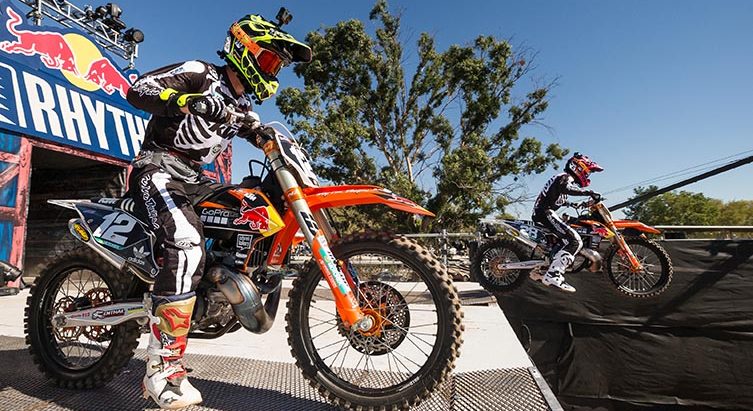







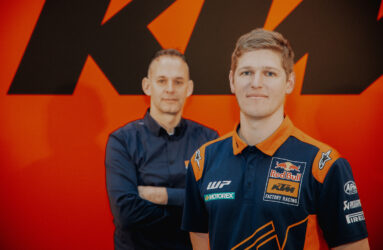
Be the first to comment...